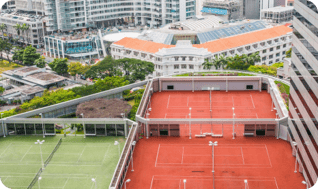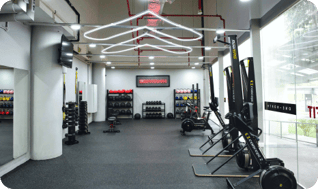
Flat Feet Therapy
Take the first step towards pain-free living with our specialised treatments!
Flat Feet Therapy
Take the first step towards pain-free living with our specialised treatments!
What are Flat Feet?




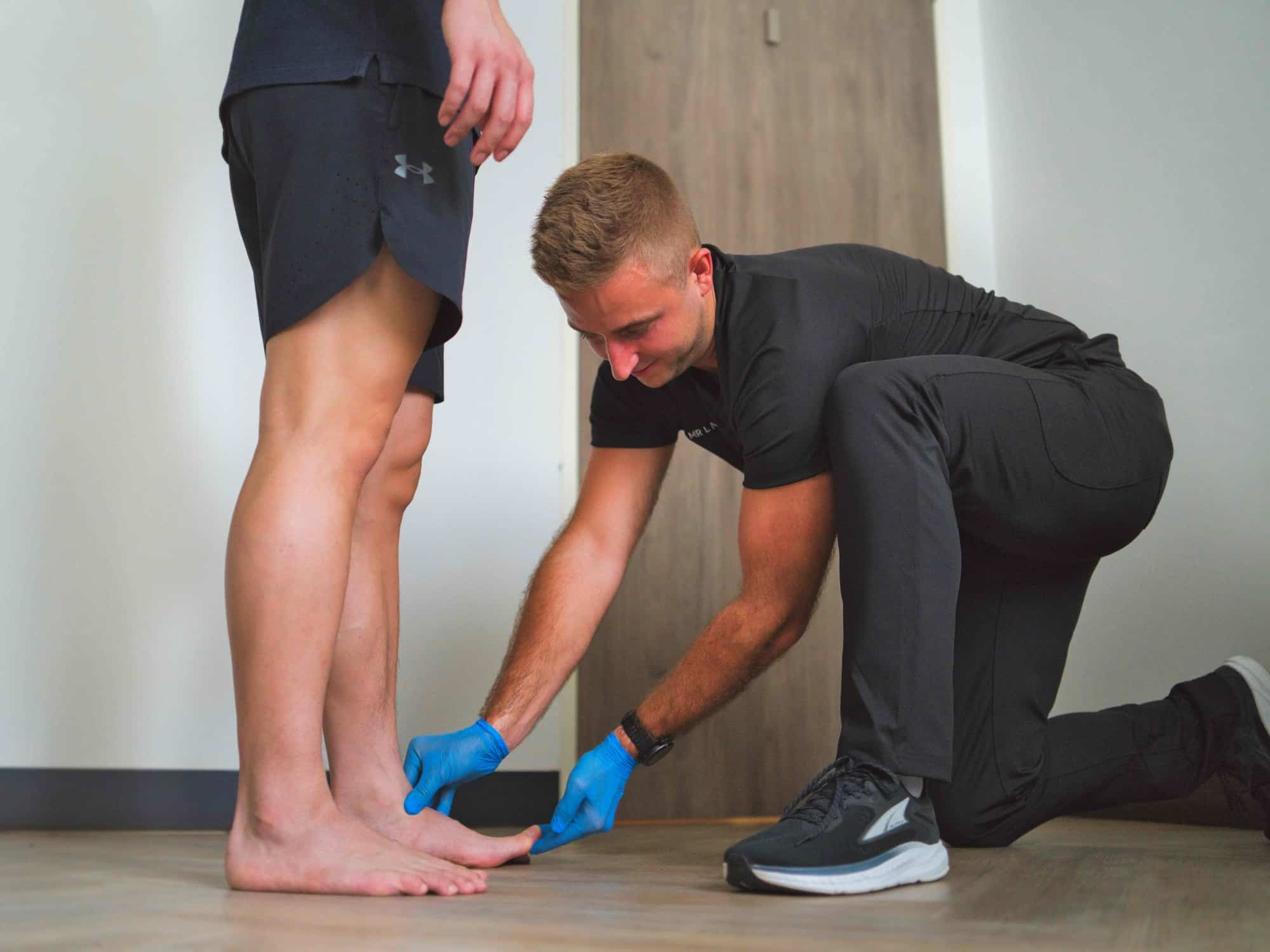
Common Causes of Flat Feet
Symptoms of Flat Feet
The symptoms of flat feet can vary widely, but some common signs include:Pain and Aching
Individuals with flat feet often experience pain or aching in the arch, heel or ankle, which can extend up the inner side of the foot. This discomfort may also radiate into the lower legs, knees, hips or lower back due to altered biomechanics.
Knee Pain
Unaddressed flat foot problems can lead to compensatory movements in the legs, placing abnormal stress on the knees. This often results in discomfort or pain in various parts of the knee, particularly after prolonged activity.
Foot Fatigue
One of the tell-tale signs of flat foot problems is significant foot fatigue, where feet feel easily tired or strained. This exhaustion typically occurs after standing, walking or engaging in activities for extended periods due to the lack of proper arch support.
Difficulty with Footwear
Finding suitable shoes that provide adequate support and accommodate the foot's altered shape can be a significant challenge for those with flat feet. Shoes may feel uncomfortable, or certain styles might exacerbate existing pain or lead to new discomfort.
Overpronation
Excessive inward rolling of the foot during walking or running, known as overpronation, is a common symptom associated with flat feet. This can lead to uneven wear patterns on shoes and contribute to various lower limb issues if not properly managed.
Back Pain
The altered alignment caused by flat feet can cascade up the kinetic chain, impacting the spine's natural curvature. This often results in lower back pain, especially after a long day of activity or prolonged periods of standing, as the body attempts to compensate for the unstable foundation.

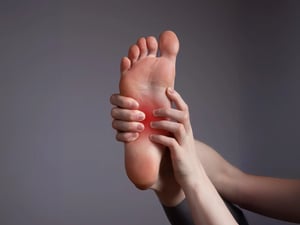
Common Causes of Flat Feet
Why Choose UFIT for High-Arch Foot Therapy?
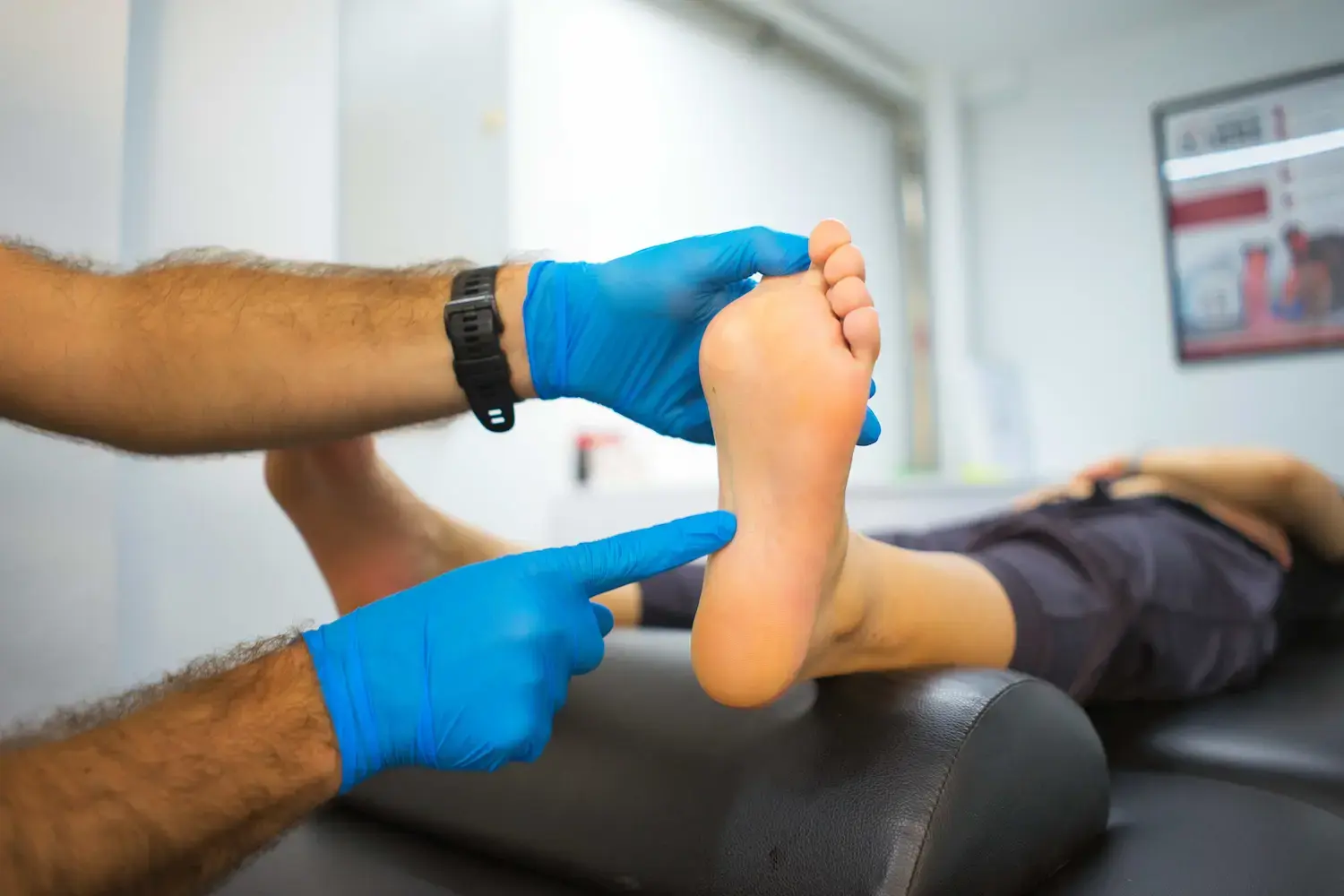
Step 1: Thorough Assessment
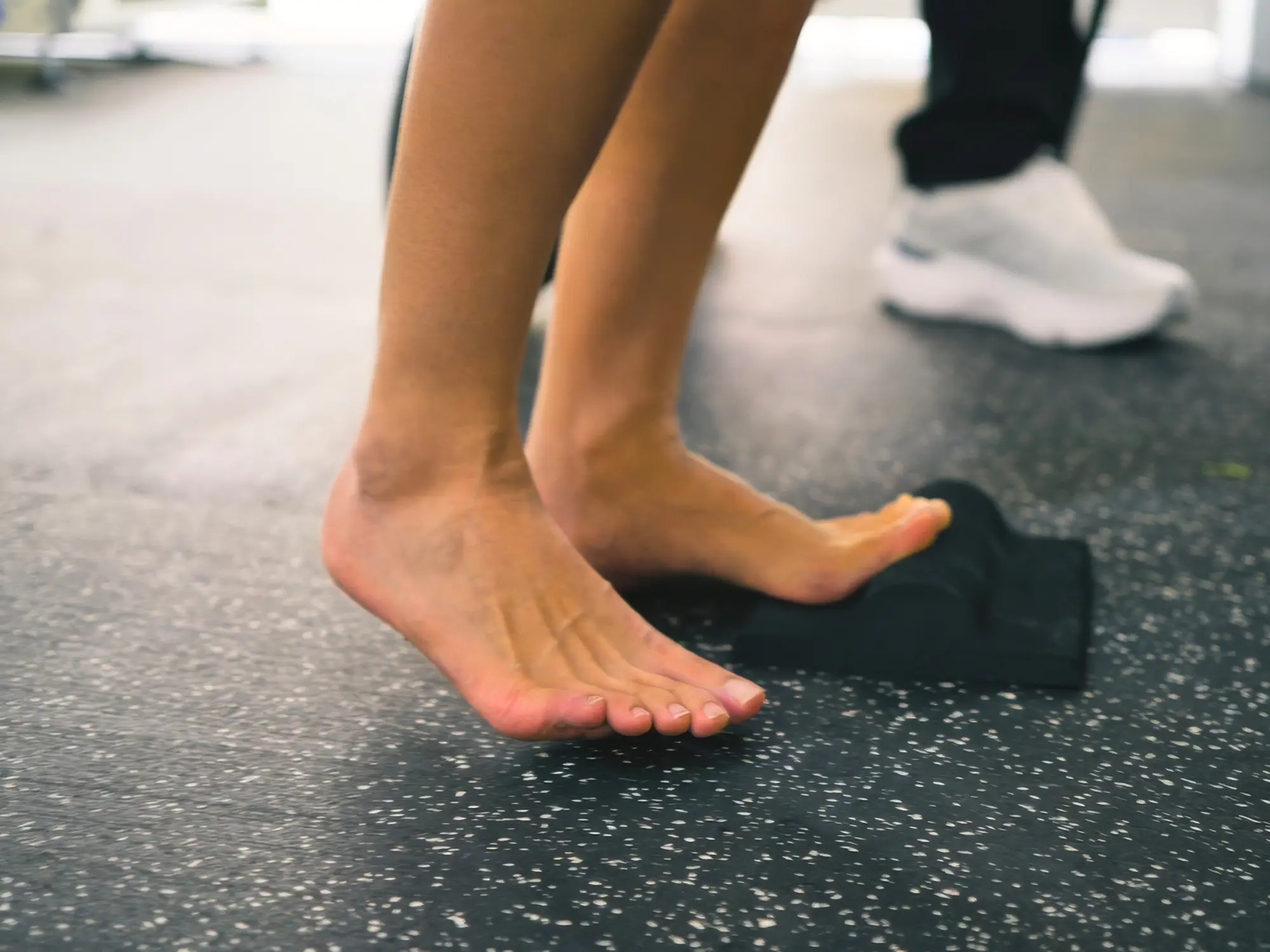
Step 2: Customised Management Plans
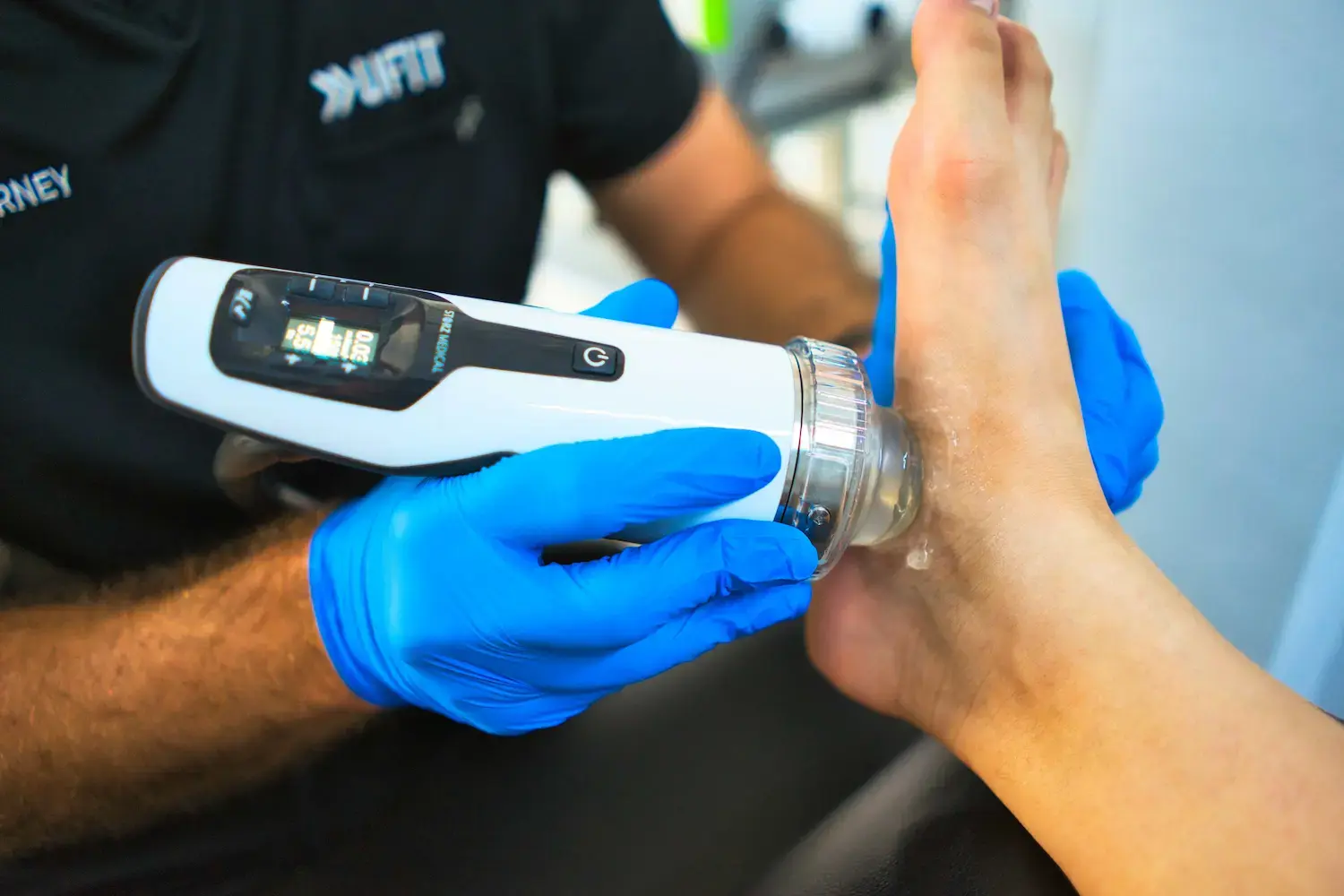
Step 3: Advanced Shockwave Therapies
UFIT Podiatry offers advanced therapeutic options, including Radial Shockwave Therapy and Focal Shockwave Therapy, to effectively manage various persistent lower limb conditions. These cutting-edge therapies accelerate healing and provide targeted pain relief for our patients.
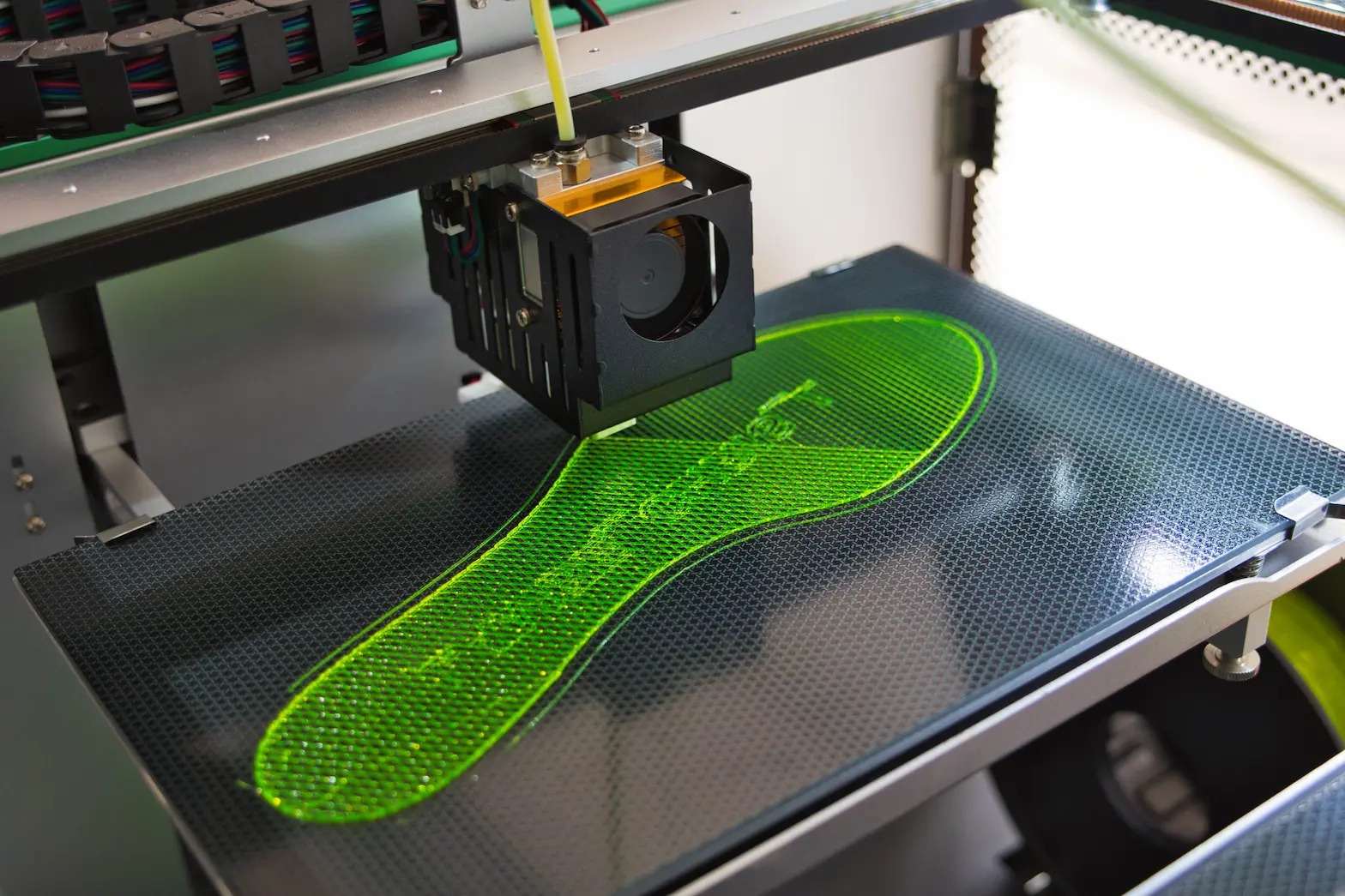
Step 4: Custom Orthotics
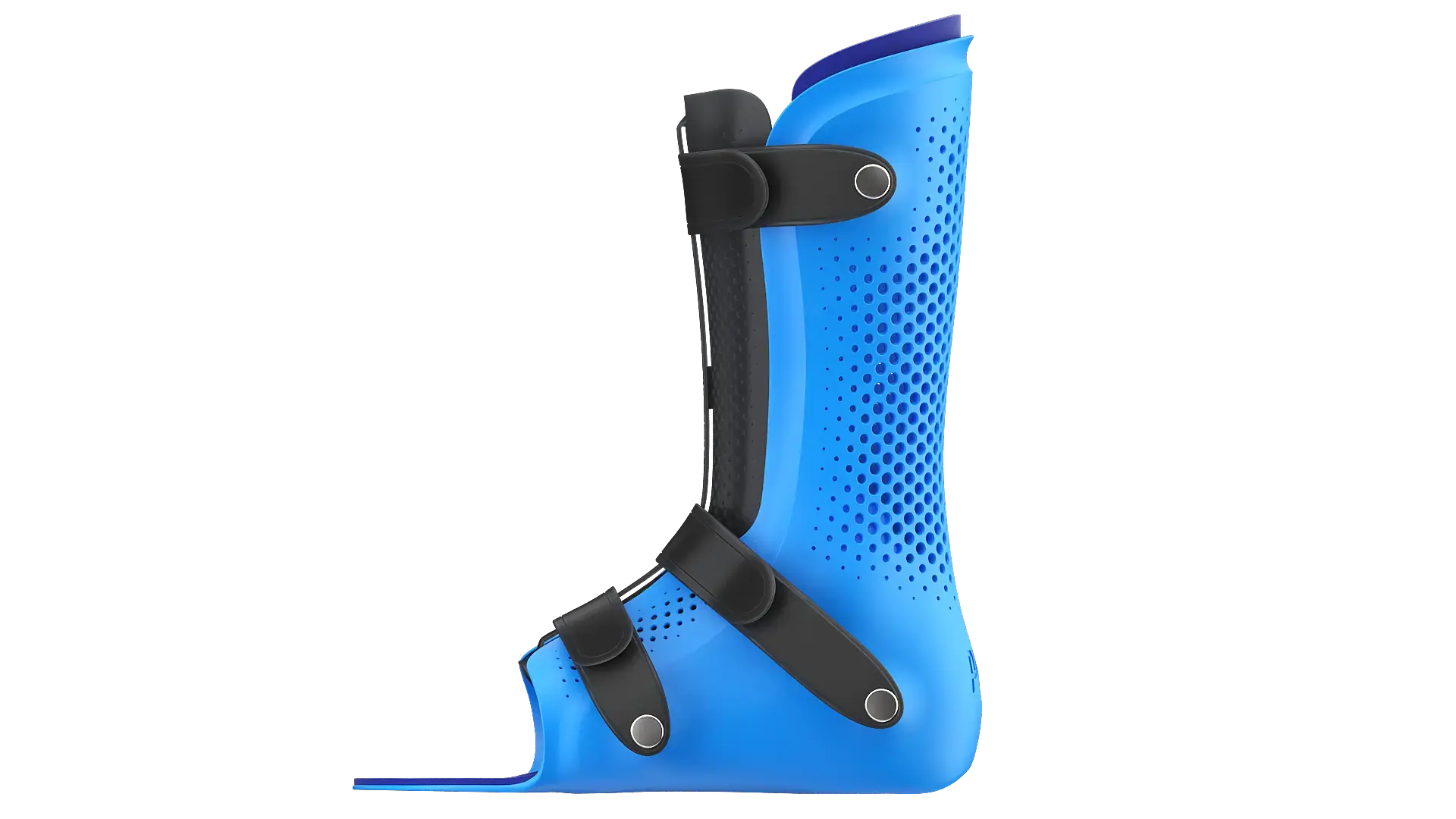
Step 5: Ankle Foot Orthotics
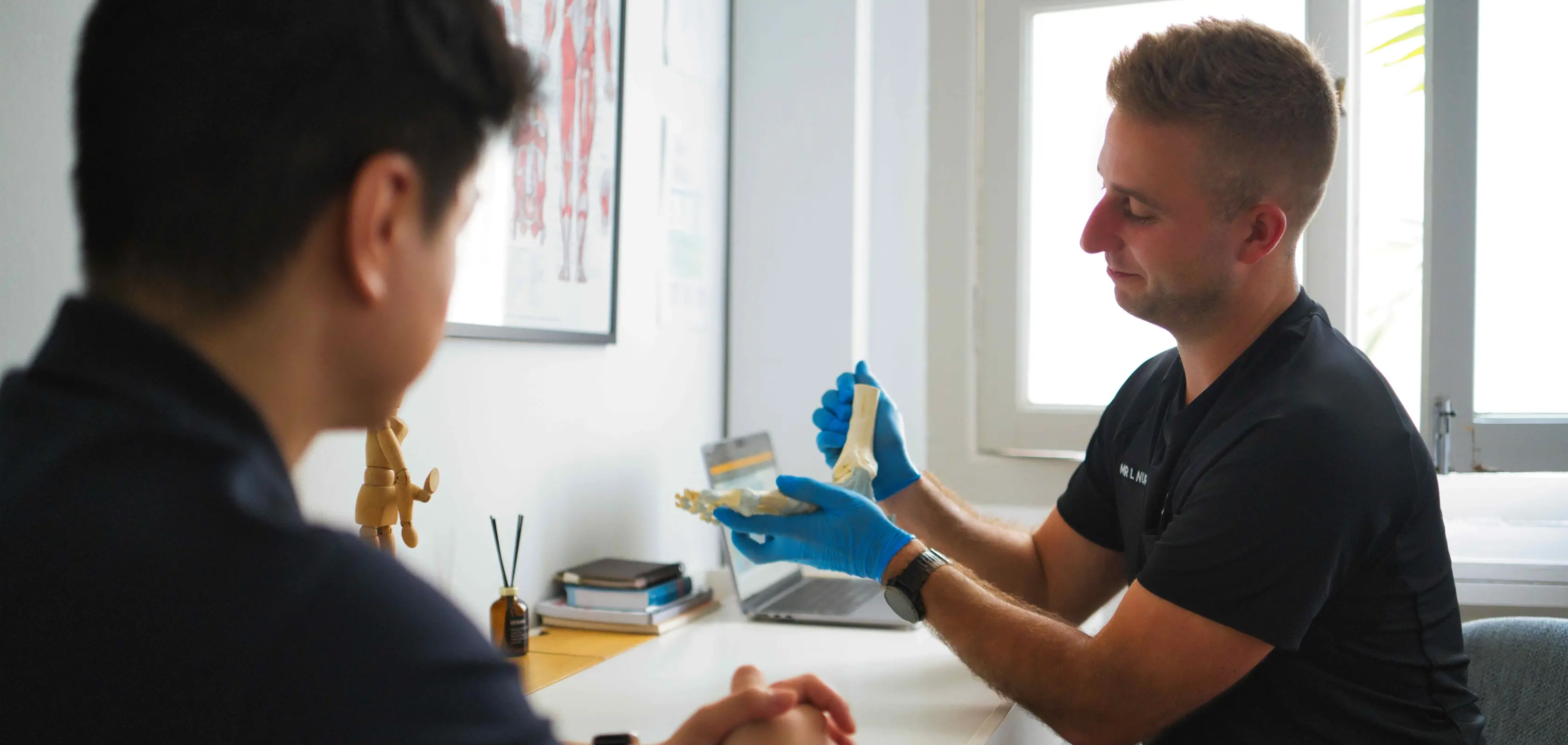
Step 6: Education and Prevention
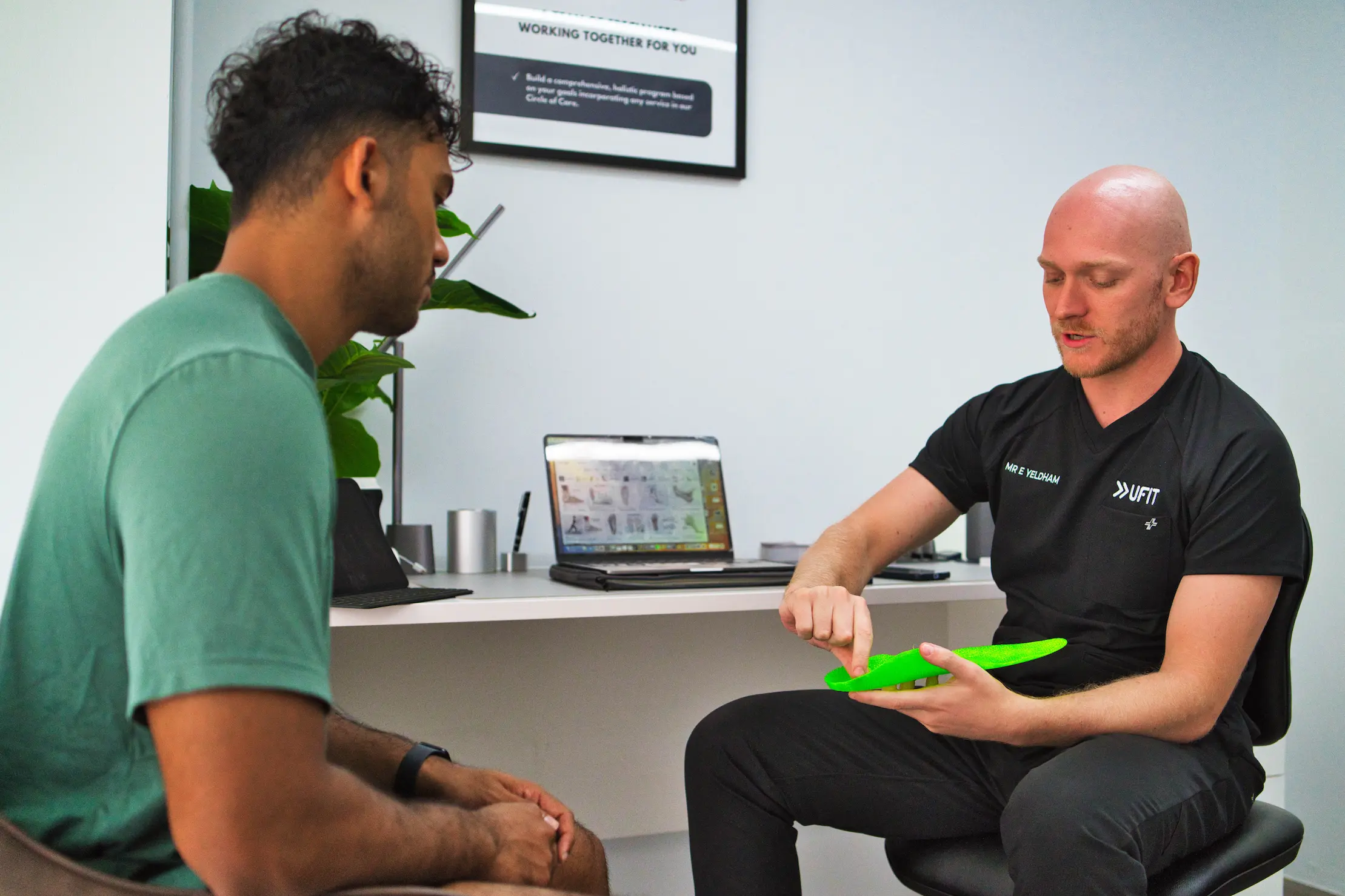
Step 7: Follow-Up Care
Our Approach to Flat Feet Therapy
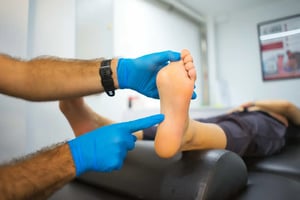
A detailed initial assessment is conducted to understand the patient’s condition, lifestyle and any contributing factors. This involves a physical examination, gait analysis and a review of their medical history.
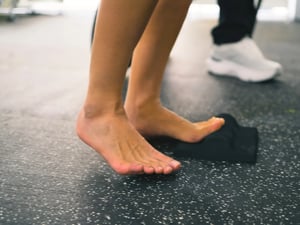
Based on the assessment, a tailored management plan is developed. This may include a combination of conservative measures and physical therapy.
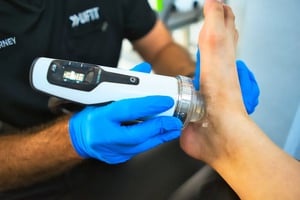
UFIT Podiatry offers advanced therapeutic options, including Radial Shockwave Therapy and Focal Shockwave Therapy, to effectively manage various persistent lower limb conditions. These cutting-edge therapies accelerate healing and provide targeted pain relief for our patients.
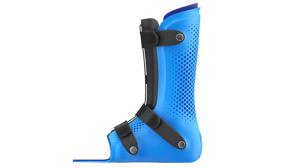
For severe cases of flat feet or as post-surgical support, Ankle Foot Orthotics (AFOs) provide maximum external support. These specialised devices ensure full functionality and aid in comprehensive flat foot management.
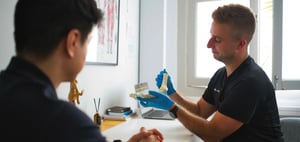
Patients are educated on proper footwear, foot care and exercises to prevent the progression of flat feet and maintain foot health. This proactive approach helps to prevent future issues and manage existing conditions effectively.
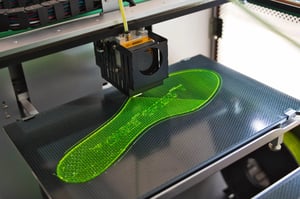
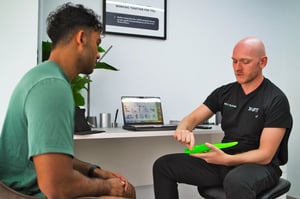
Flat feet, though often manageable, can lead to significant discomfort and mobility issues if left untreated. By understanding the causes, symptoms, and available treatment options, individuals can take proactive steps toward relief and improved foot health. At UFIT Podiatry, a patient-centered approach ensures that those suffering from flat feet receive the best possible care, tailored to their unique needs. Through comprehensive assessments, advanced therapies, and personalized treatment plans, UFIT Podiatry helps patients overcome the challenges of flat feet and achieve long-lasting comfort and mobility.



UFIT Podiatry offers advanced therapeutic options, including Radial Shockwave Therapy and Focal Shockwave Therapy, to effectively manage various persistent lower limb conditions. These cutting-edge therapies accelerate healing and provide targeted pain relief for our patients.




Flat feet, though often manageable, can lead to significant discomfort and mobility issues if left untreated. By understanding the causes, symptoms, and available treatment options, individuals can take proactive steps toward relief and improved foot health. At UFIT Podiatry, a patient-centered approach ensures that those suffering from flat feet receive the best possible care, tailored to their unique needs. Through comprehensive assessments, advanced therapies, and personalized treatment plans, UFIT Podiatry helps patients overcome the challenges of flat feet and achieve long-lasting comfort and mobility.
ALL INDIVIDUALS
ALL INDIVIDUALS
We offer personalized, evidence-based lower limb care for athletes, active individuals, and parents seeking specialized treatment for their children.
We go beyond addressing your injury or pain. Through our Circle of Care, you can access our team of experts with a vast range of specialised experience and knowledge.
What to expect on your first visit
We use cutting-edge diagnostic tools to get real-time insights into your soft tissue, joints and structures to provide a fast and accurate diagnosis.
Post-assessment, you will receive clear and comprehensive reports detailing our findings. This will allow you to make informed decisions on your treatment plan.
Together with you, we formulate a comprehensive and personalised treatment plan that suit your goals and preferences.
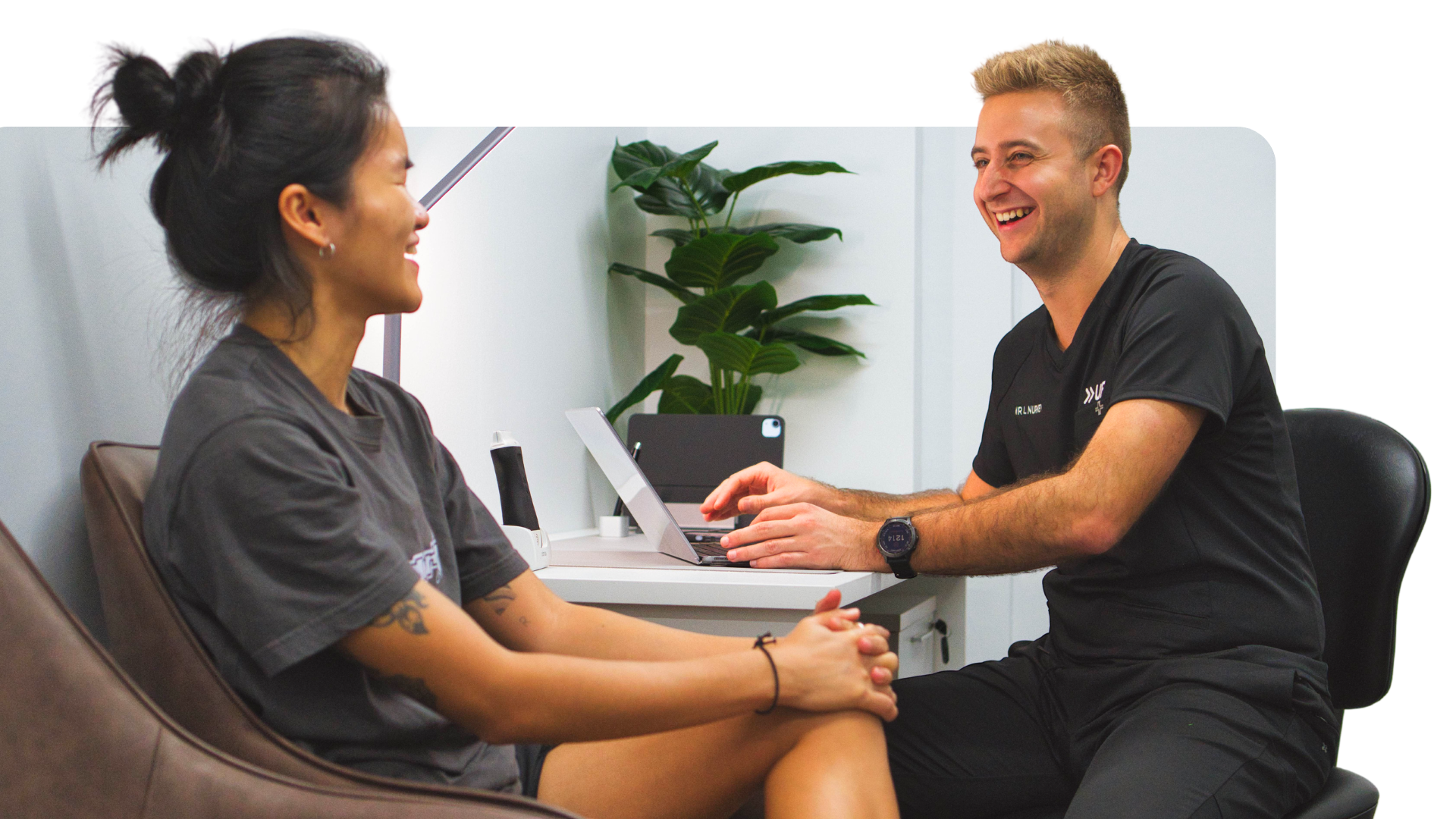
Book online & get $20 off your first consultation
- Personalised, evidence-based care
- Premium, central clinic in the CBD
- Experienced podiatary team
*Terms & Conditions:
- Valid for first time patients who have made prepayment at least 24 hours before the appointment
- Non-cancellable and non-transferable
- Applicable only for initial consultation & can't be used in conjuction with any other offers or promos
Why Choose UFIT’s Podiatry Services?
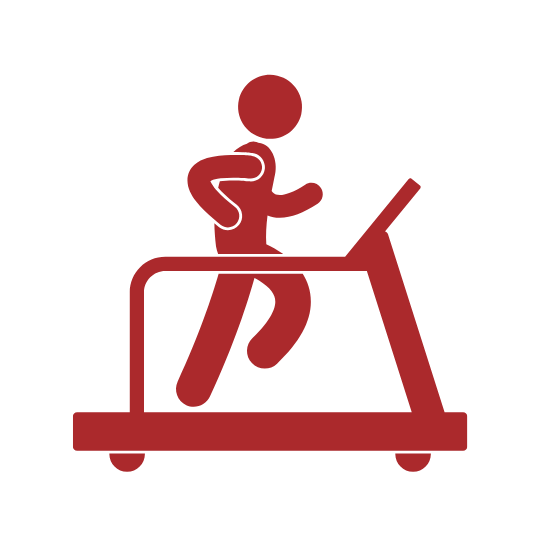
Advanced Technology
As a leading podiatry clinic in Singapore, we stand out by offering advanced gait analysis and in-house 3D-printed insoles, all accompanied by a comprehensive report to provide unparalleled insights into your lower limb biomechanics.
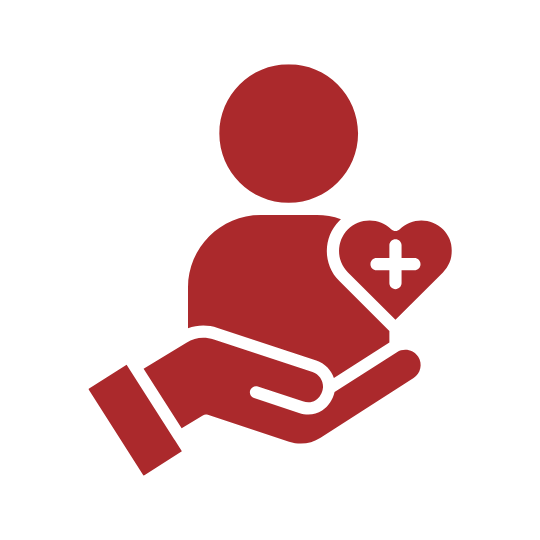
Elite Care for Every Individual
Our podiatry services offer personalised, evidence-based care for a wide range of individuals, including athletes, adults and children. So if you’re experiencing lower limb pain, our expert team can provide comprehensive support to get you back to doing the things you love.

Team of Experts with Optimal Results
We offer more than just solutions for your injury or pain. Through UFIT's integrated Circle of Care, you gain access to our team of expert podiatrists and other healthcare professionals, bringing together a vast range of experience and knowledge to achieve optimal outcomes for your foot and lower limb health.
Hear from our Clients
⭐⭐⭐⭐⭐
“I recently had an appointment with podiatrist Lewis Nurney at UFIT, and it was a wonderful experience. I’ve been dealing with a long-standing issue, but with Lewis’s expertise, kindness, and patience in listening to my concerns, I’ve finally been able to solve the problem and feel so much better.
The clinic is modern with high-tech equipment, and Lewis explained everything clearly, making me feel confident in the treatment plan. Now I’m feeling ready and prepared for the 10K Standard Chartered Marathon! If you’re looking for expert podiatry care, I highly recommend Lewis and the team at UFIT!”
⭐⭐⭐⭐⭐
“Came back to UFIT today after a year since my last consultation with Lewis Nurney. I was very relieved to know that my Achilles issues can be fixed with Lewis’s great advice. He would show me how to perform rehab exercises that will be able to help me throughout my recovery. I highly recommend UFIT podiatry to anyone in need of advice or help.”
⭐⭐⭐⭐⭐
“I had the pleasure of visiting Dr. Lewis through a recommendation and it turned out to be an excellent one, particularly after experiencing so many already. The thoroughness of his examination and help at each step of the process is beyond impressive. He took the time to listen to all my concerns and thoroughly explained my diagnosis and treatment options.
He made sure that I was well-informed and comfortable with the decisions being made without any pushing. I would highly recommend him for anyone in need of a skilled and caring podiatrist.”
Meet Our Podiatry Team

Lewis Nurney
Lewis is a highly experienced podiatrist with over 5 years of practice in Singapore, bringing his expertise to UFIT's comprehensive Circle of Care. As Head of Podiatry at UFIT Club Street, he specialises in sports podiatry, innovative orthotics for adults and children (including 3D-printed custom insoles, Paediatric AFOs and SMOs for pediatric flat feet), and minimally invasive procedures.
A first-class honours graduate from the University of Huddersfield (UK), Lewis holds dual certifications in Extracorporeal Shockwave Therapy (ESWT), Diagnostic Ultrasound and Running Gait analysis. Previously with East Coast Podiatry, he now provides patient-centred care at UFIT, specialising in non-surgical management of conditions like Foot Pain, Plantar Fasciitis and Achilles Tendinopathy in both children and adults, ultimately focused on alleviating discomfort and restoring optimal foot function.
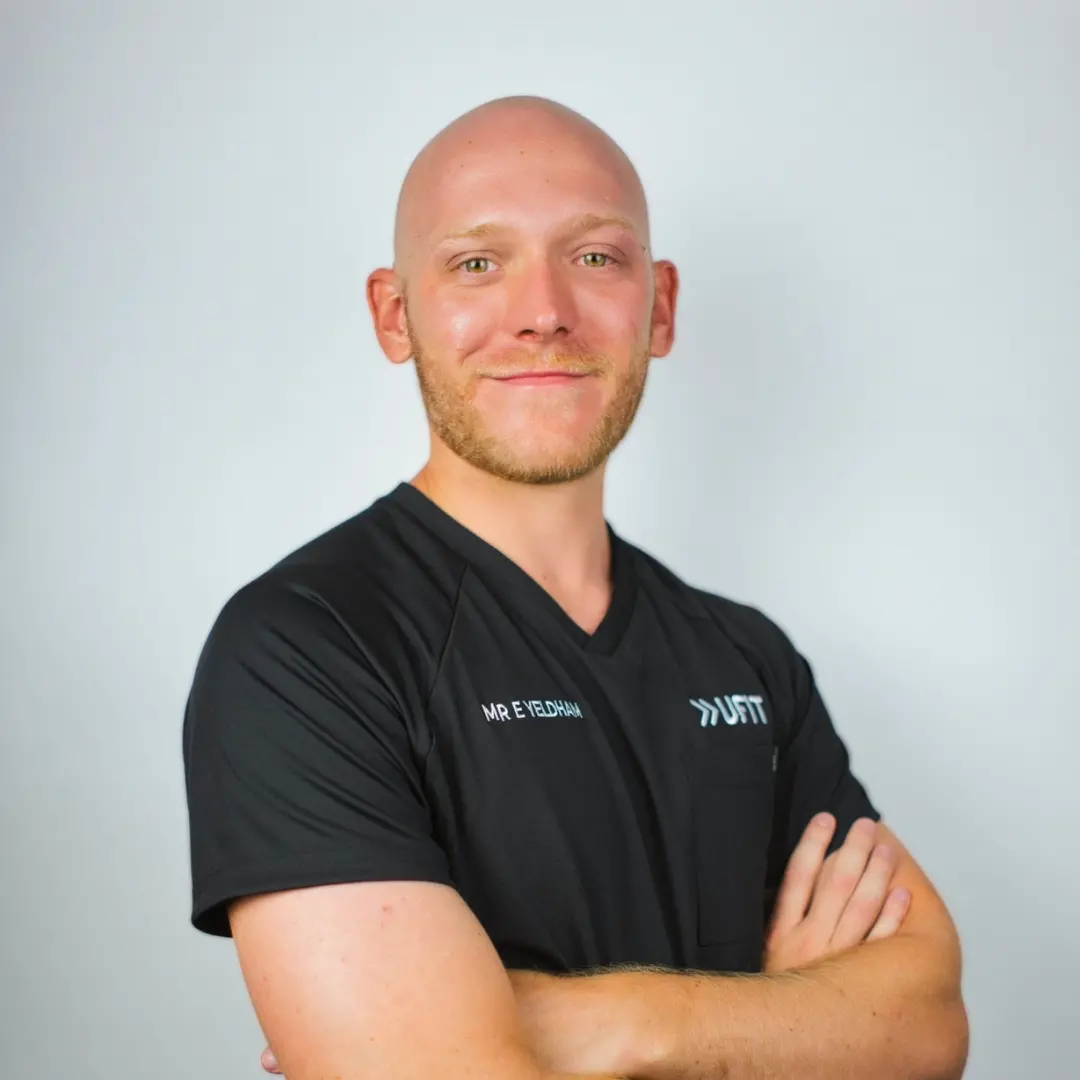
Elliot Yeldham
Elliott is a dedicated podiatrist with over 7 years of healthcare experience, gained in both the UK's National Health Service (NHS) and private practice. He holds an Honours degree in Podiatry from Cardiff Metropolitan University (Wales), and brings a wealth of expertise to Singapore.
Specialising in Musculoskeletal (MSK) podiatry, Elliott's interests include sport podiatry and the management of gait abnormalities in both adults and children. He is also recognised for his skill and patient-focused approach in minimally invasive procedures for ingrown toenails and wart removal. Committed to a patient-centred and multidisciplinary model, Elliott actively stays informed of the latest healthcare advancements through clinical research and international conferences.
Consult A Flat Foot Specialist Today
Visit Our Podiatry Clinic
21 Club St, #01-01
Singapore 069410
+65 6225 5059
podiatry@ufit.com.sg
View on Google Maps



Frequently Asked Questions About Flat Feet
While flat foot problems can sometimes run in families, their development is often influenced by a combination of genetic predisposition and other factors like lifestyle or injury. If you suspect your flat feet might be hereditary, consulting a flat foot specialist at our podiatry clinic can provide clarity.
Podiatry Blog
Check out the podiatry articles on our blog, written by our very own experts!

.png?width=301&height=187&name=Website%20Navigation%20Images%20(3).png)

-1.jpg?width=1984&height=1196&name=UFIT%20Club%20Street%20Front%20(4)-1.jpg)

